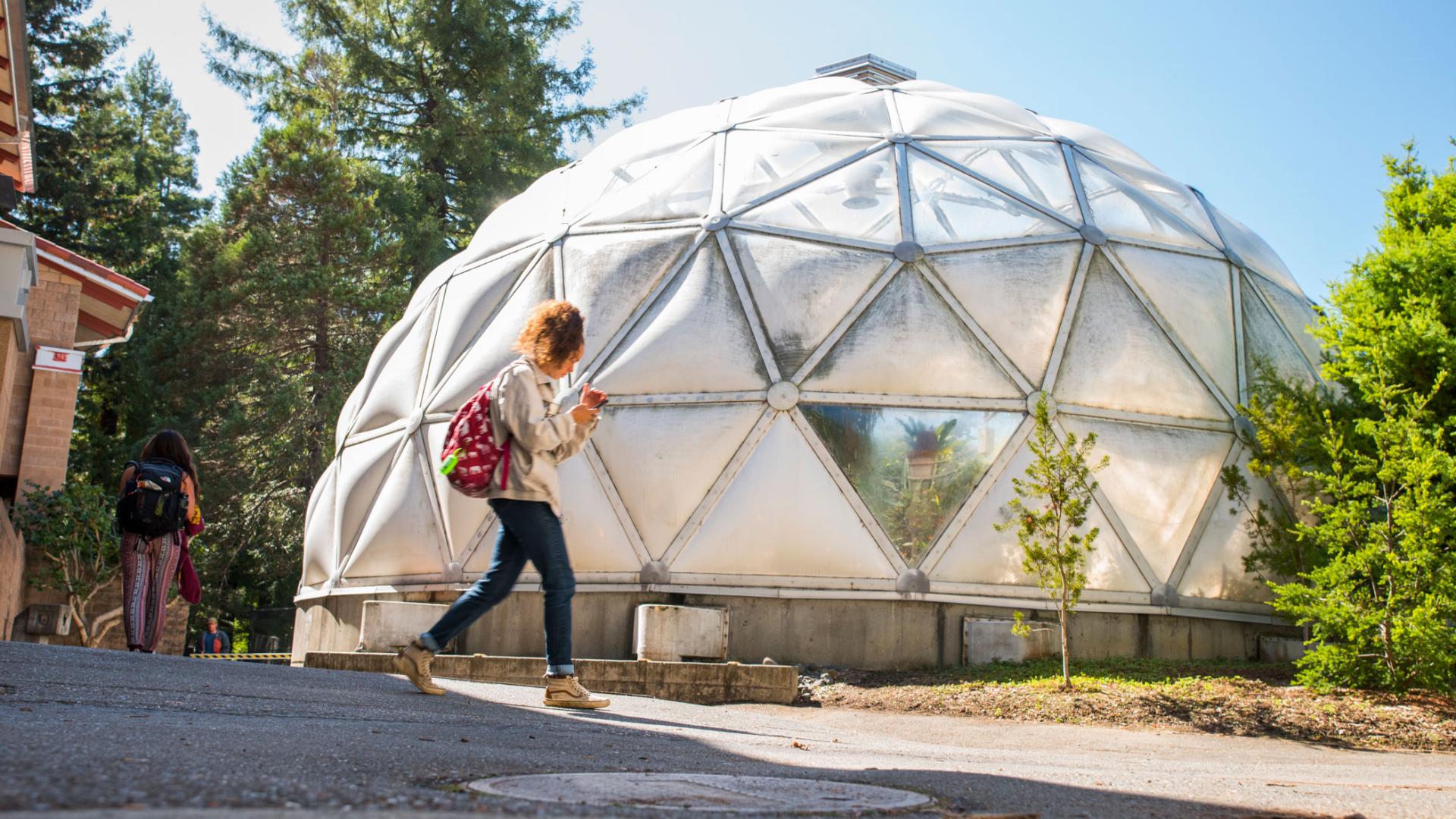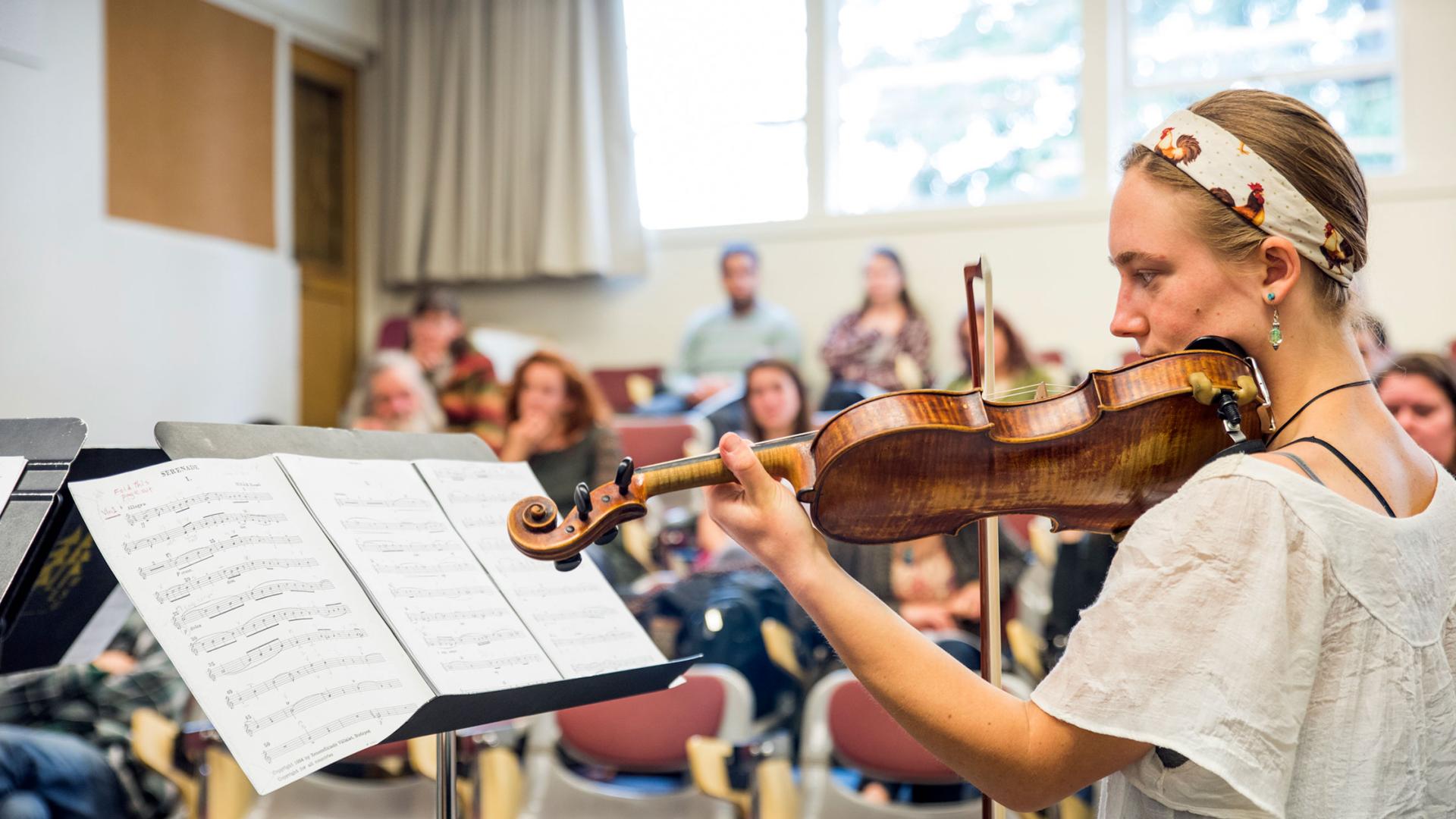Lance Nave
Breadcrumb
Lance Nave
Residence Life Coordinator - Hinarr Hu Moulik
Matthew Wyman
Breadcrumb
Matthew Wyman
Residence Life Coordinator - The Hill
Cheyenne Wise
Breadcrumb
Cheyenne Wise
Residence Life Coordinator - Canyon
Annika Nelson
Breadcrumb
Annika Nelson
Residence Life Coordinator - College Creek
Iris Rose
Breadcrumb
Iris Rose
Groundsworker
Joe Strang
Breadcrumb
Joe Strang
Painter
Tobin Kolshinski
Breadcrumb










